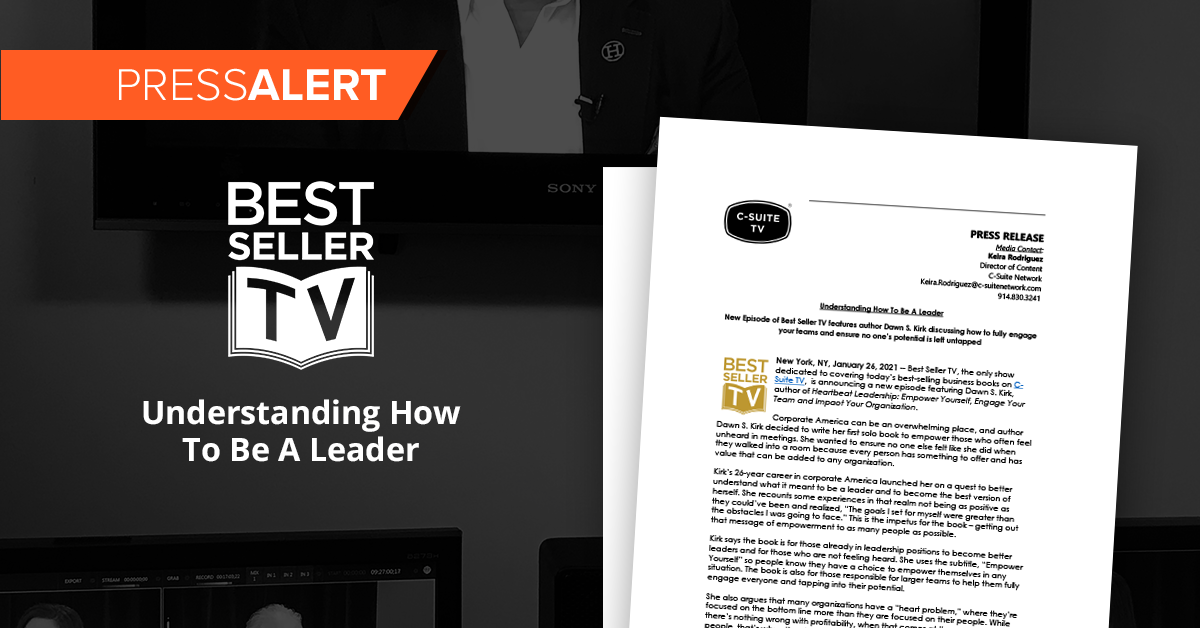
How Do You Eat An Elephant?
How Do You Eat An Elephant? https://csuiteold.c-suitenetwork.com/wp-content/uploads/2016/07/HowToEatAnElephant_500x500.png 500 500 C-Suite Network https://csuiteold.c-suitenetwork.com/wp-content/uploads/2016/07/HowToEatAnElephant_500x500.pngBy Dr. Tony Alessandra
Question: How do you eat an elephant? Answer: One bite at a time!
Successful people break large tasks into smaller ones.
I use the word chunking to describe this process. For instance, when I landed a contract to write my first book, Non-Manipulative Selling, I had six months to write it. On my “To Do” list every day of those six months was: Write book.
Six months went by, no book. The publisher gave me another three months. For three more months Write book appeared daily on my “To Do” list. Still… no book. Finally, the publisher gave me a final three months or else I would lose the contract and have to return the advance.
Fortunately, a colleague gave me the concept of “chunking.” He asked me how many pages I had to write. Answer: 180. How many days to write it? Answer: 90. He told me that every day my “To Do” list should say: Write 2 pages of book. I must write two pages. If I got on a roll, I could write four or five. However, the next day, I still had to write a minimum of two. By following his advice, I finished the book in thirty days!
A final technique for managing your goals comes from Dr. John Lee, time management expert. He says when a task pops up, apply one of the four D’s: Drop it, Delegate it, Delay it, or Do it. Consciously choosing one of those strategies every time you face a task will keep things progressing smoothly.
Platinum Rule® Strategies for Self-improvement:
High ‘D’ styles are great at “doing” and “delegating”, but could improve on how to delegate. They need to take time to explain each task, realize that others will take longer to start and finish than they would, and not forget to say “please” and “thank you.” A little kindness and praise goes a long way to getting others to want to help you.
High ‘I’ styles are great at starting big projects, but struggle to finish many of them. They need to focus on accomplishing the small steps each day. They thrive on small pats on the back. They need to continually remind themselves (through positive affirmations) that they are becoming more focused and more productive each day.
High ‘S’ styles are very persistent people. They stick with projects until completion. However, they need to work on their confidence by soliciting less feedback during the process and presenting larger chunks of work for approval.
High ‘C’ styles are great at perfecting projects, but they sometimes get lost in the details. Remember: 95% correct (and out the door) beats “perfect every time” but late. They need to find someone else to “perfect” their work and learn to finish sooner.






